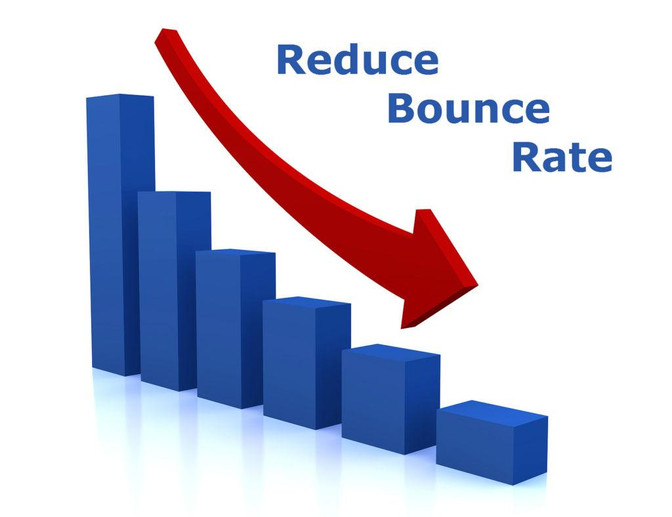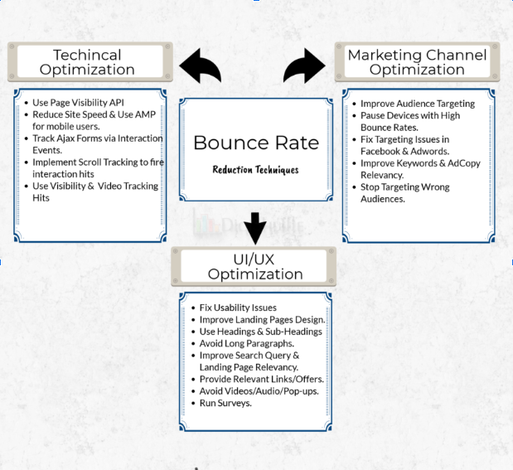In today’s competitive app market, retaining users is just as important as acquiring them. One critical metric that can determine the success of your app is the bounce rate – the percentage of users who abandon your app after just one session or a brief interaction. A high bounce rate indicates that users are not finding your app valuable or engaging, which can negatively impact user retention and revenue.

Here are ten proven strategies to reduce the bounce rate of your mobile app:
1. Simplify Onboarding
A complicated onboarding process can turn users away. Provide a seamless and intuitive onboarding experience by:
-
Using clear instructions.
-
Minimizing the number of steps to get started.
-
Offering skip options for non-essential tutorials.
Focus on showcasing the core value of your app quickly to hook users from the start.
2. Optimize App Performance
Performance issues like slow load times, crashes, or glitches can frustrate users. Ensure your app runs smoothly by:
-
Reducing loading times to under 2-3 seconds.
-
Conducting regular performance testing.
-
Optimizing the app for various devices and screen sizes.
3. Enhance UI/UX Design
A cluttered or confusing interface can drive users away. Design an intuitive and visually appealing app by:
-
Prioritizing simplicity and consistency.
-
Using familiar navigation patterns.
-
Including easily accessible menus and buttons.
4. Personalize User Experience
Users are more likely to stay if the app feels tailored to their needs. Implement personalization by:
-
Leveraging data to provide custom recommendations.
-
Using user behavior insights to refine content.
-
Offering localized options such as language and currency.
5. Provide Value Immediately
Users often abandon apps when they don’t see immediate value. Highlight your app’s core benefits right away by:
-
Offering free trials or incentives like discounts.
-
Highlighting key features upfront.
-
Ensuring the first interaction demonstrates your app’s purpose.
6. Engage with Push Notifications
Push notifications can re-engage users who might otherwise abandon your app. To make them effective:
-
Use personalized and relevant messaging.
-
Avoid sending too many notifications.
-
Include actionable CTAs to draw users back in.
7. Incorporate Gamification
Adding gamified elements can make your app more engaging and encourage users to return. For example:
-
Introduce reward systems, badges, or leaderboards.
-
Offer points or discounts for completing specific actions.
-
Encourage competition or social sharing to foster engagement.
8. Address User Feedback
Listen to your users and make improvements based on their feedback. Implement a feedback loop by:
-
Prompting users to rate your app or leave suggestions.
-
Responding to reviews in app stores.
-
Updating your mobile app regularly with user-requested features and bug fixes.
9. Implement Deep Linking
Deep linking can direct users to specific pages or features within the app, improving user experience and engagement. This can be particularly effective for:
-
Redirecting users from email campaigns or ads.
-
Guiding users to personalized content or offers.
-
Streamlining the navigation process for users.
10. Monitor and Analyze Metrics
Continuously tracking your app’s performance is crucial for identifying areas for improvement. Use analytics tools to:
-
Identify high-bounce-rate areas within the app.
-
Monitor user behavior to understand drop-off points.
-
Test different features and designs using A/B testing.

Final Thoughts
Reducing bounce rates requires a combination of great design, seamless functionality, and a deep understanding of your users’ needs. By implementing these strategies, you can create an engaging, user-friendly mobile app that keeps users coming back for more.
Remember, decreasing bounce rate is not just about keeping users longer; it’s about providing real value and a positive experience that meets their expectations.
